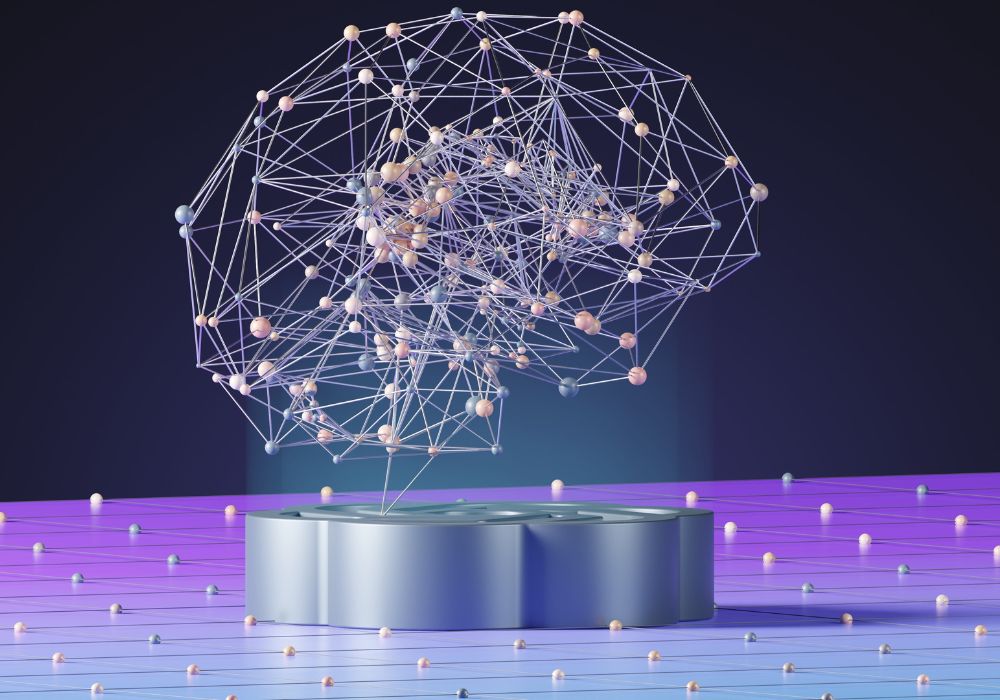By Juliana Algodoal.
The fascination created by artificial intelligence in people has continued for decades with the development of such technologies. Even in the world of fiction It is not new that we are facing problems related to the interaction between humans and machines a person who has a more developed capacity for logical reasoning.
An example of this is the 1982 movie “Blade Runner,” which featured replicants, or artificial copies of humans, that perform productive functions considered dangerous or harmful to our species. Interestingly, the story takes place in 2019, which was actually the last year before the pandemic. And we know that the crisis triggered by the virus in 2020 accelerated transformations related to advances such as digitalization, which has everything to do with artificial intelligence.
In a way, “Blade Runner” cleverly anticipated current dilemmas, including the replacement of humans by robots in the workplace. The difference is that in the film the scope of professional activities was very specific, whereas today many people fear losing their place to a machine, even in supposedly more noble functions.
If we need to discuss this issue, another point brought to the agenda by fiction more than 40 years ago is noteworthy. The replicants were programmed in place of real emotions, but it seemed some of them had begun to develop real emotions. We can transfer this duality to consider the specific characteristics required in the job market and whether these can be provided by AI.
The most special thing about humans is listening, thinking and speaking. Strictly speaking, these three actions are not, and in my opinion unlikely to be, performed by AI at the level of complexity and depth that humans can achieve.
Recently, the so-called humanization of service has gained importance in the market. It’s about making robots’ interactions with humans, especially in business relationships, less cold and automatic and more personal and welcoming. However, no matter how developed the tools used for these purposes are, it is not difficult to understand whether we are communicating with a machine or a human.
Therefore, the most important issue when it comes to assumptions about the replacement of humans by robots in the workplace is precisely communication. The ability to communicate in a way that connects with the essence of the interlocutor, considering the emotions and feelings involved in the interaction, with its multiple and interconnected nuances, is entirely ours.
However, in this analysis it is necessary to distinguish good communication from superficial one. Then we reach a fundamental point of the matter. The people who will be most protected against the threat of artificial intelligence being replaced are professionals with advanced communication skills.
Actually, A person who does not have these skills is more vulnerable in the marketHe is not only competing with robots, but also with human professionals who are better prepared than him.
In conflict with machines, human differences in voice, gestures, construction of reasoning, speech planning can be studied. And all these subjects need to be constantly developed by following the principle of “lifelong learning”, that is, continuous education.
Of course, artificial intelligence is also constantly improving. And this is another factor that should serve as motivation for people professionals to pursue continuous improvement as a communicator.
One of our strengths in this area is what I call communicative intelligence. We can look at the issue from a broad perspective. We are able to perform environmental readings that provide unparalleled dynamism in the adjustments, adaptations, interpretations and course corrections required in a communication process.

As you progress through the programming universe, Technologies are creating increasingly complex codes for operating systems. However, there is such a coding unique to humans that even the most advanced artificial intelligence cannot reproduce it.
I am talking about communication in its most emotional aspect, which is unique in the nature of each individual and also characteristic of our species. There is something abstract, indecipherable about this component, and therefore, no matter how much we try to create robots in the image and likeness of humans, it does not naturally fit into an intelligence that is not ours.
A copy will always be a copy. By giving it more automated tasks, we open up space and time for more innovative and creative, even more human communication between people. This seems to me to be the way to go towards a harmonious coexistence of the different forms of intelligence inhabiting the planet.
Or, as Vittorio Cretella, CIO of consumer goods multinational Procter and Gamble, puts it: “The most successful applications of artificial intelligence will augment human capabilities, not just replace them”; humans are responsible for analyzing and identifying patterns in advance. algorithmic solution.
****
Written by: Juliana Algodoal, PhD holder in Discourse Analysis in Working Situations – Applied Linguistics and Language Studies and founder of the company Linguagem Direta.
Source: Tec Mundo
I am a passionate and hardworking journalist with an eye for detail. I specialize in the field of news reporting, and have been writing for Gadget Onus, a renowned online news site, since 2019. As the author of their Hot News section, I’m proud to be at the forefront of today’s headlines and current affairs.












